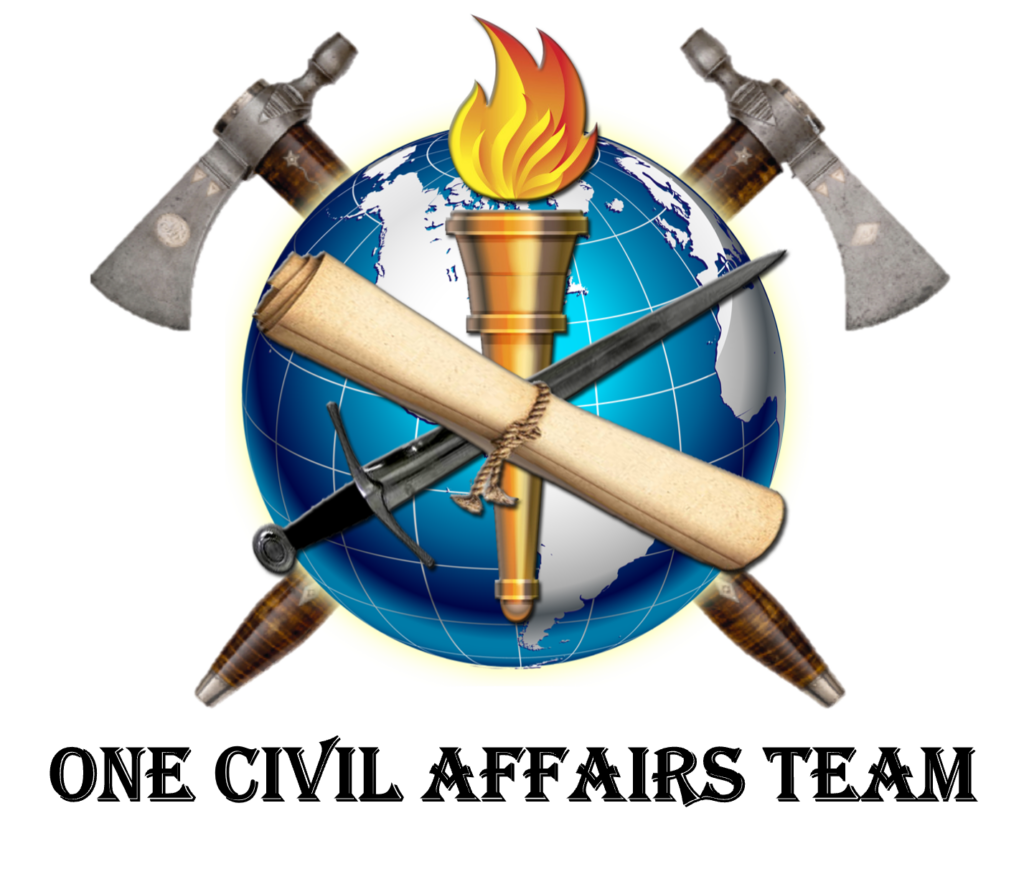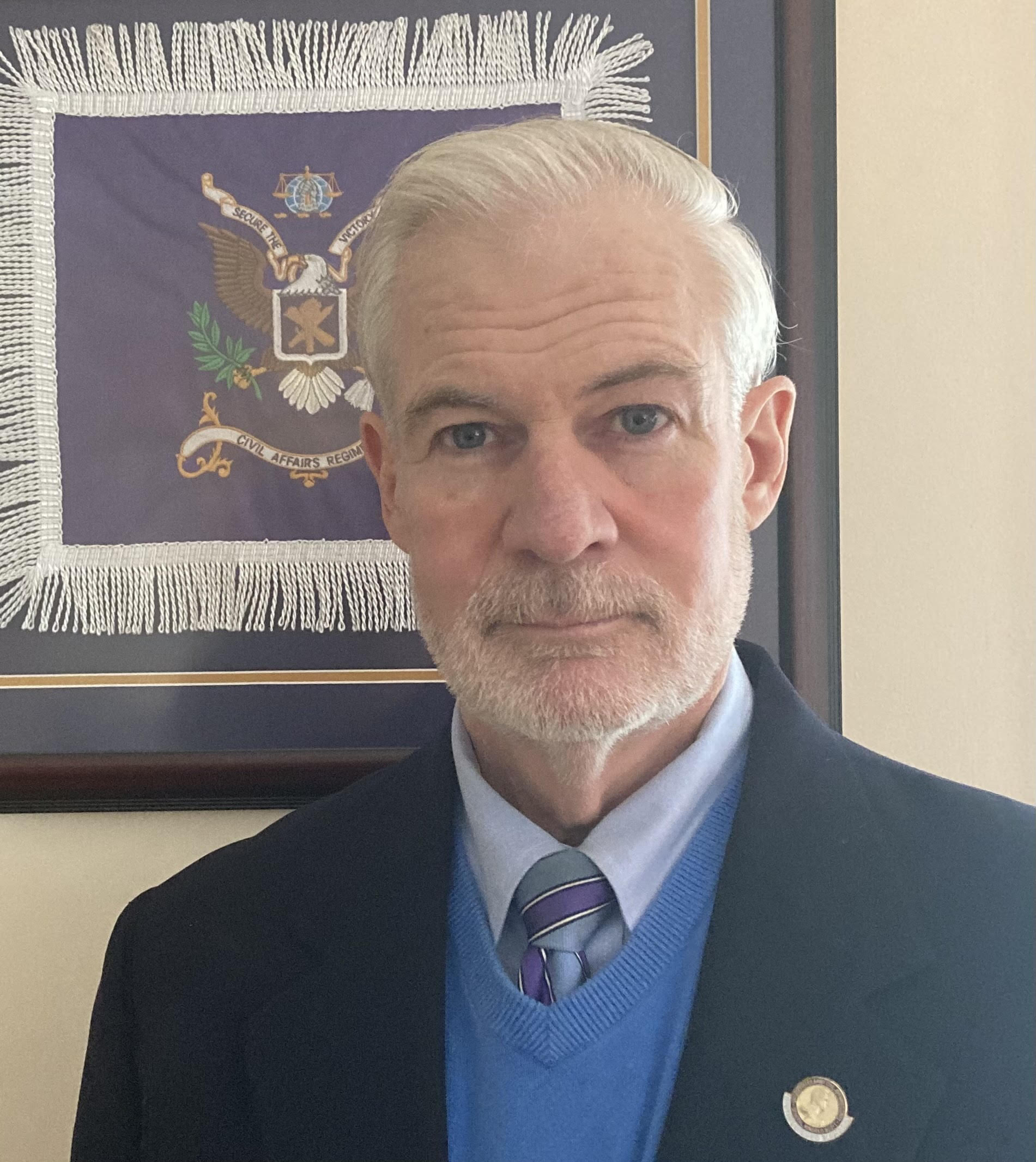7-minute read
What is a team room?
In the special operations forces (SOF) community, a team room holds special significance as a sacred space in which team members spend a lot of time getting to know one another, prepping for missions, and unwinding after returning from missions. It is often a private and personal space where teammates share their hopes and fears with one another. It can also be a warm and accommodating place where younger Soldiers ask questions about their chosen profession, and the more experienced Soldiers share lesson-filled “war stories.”
A friend of mine once told me about his time as a young, non-tabbed Soldier in a U.S. Army Reserve (USAR) Special Forces (SF) unit in the late 1980s and early 1990s. The “old timers” in the unit would often sit around the team room and tell stories of their time in the SF Qualification Course (SFQC) or on SF missions in Europe, Vietnam, or South America 20 or 30 years prior. He said he’d learned more about SF and special operations from hearing those stories than from standard Army manuals. When he went on missions himself, he’d often encounter a challenge that reminded him of something he’d heard in the team room and applied or adapted the old timer’s sage lesson to his situation.
When I was a first lieutenant (1LT) company fire support team (FIST) leader in 1st Ranger Battalion from late 1986 to early 1989, our team room supported a “FIST platoon” of three company teams and a battalion fire support section. The “old timers” in this case were the battalion fire support officer (a captain), the senior 1LTs who were in their second and final year in the battalion, and the senior non-commissioned officers (NCOs, staff sergeants, and a sergeant first class) who included veterans of Operation Urgent Fury just three years prior. Typical discussion topics included methods for calling in close air support and what not to do in combat, using examples of avoidable mistakes some Rangers made in the air and on the ground in Grenada.
CA units then.
In the summer of 1992, when I reported to the 96th Civil Affairs Battalion (Airborne) (96th CA Bn (Abn)) – the only active-duty CA unit in the Army at the time – at Fort Bragg, NC, civil affairs was a functional area for officers while NCOs learned CA operations on the job. Both officer and NCO assignments were generally short-lived and non-repetitive. Consequently, there were no old timers or sages in our company team room to teach us the ropes in the few months between the time we graduated from the CA course in August and our short-notice deployment to Somalia in December of that year.
Conversely, on the USAR side of the force, CA had been a branch since 1955 and was designated as a Corps in 1987; officers and NCOs with as many as 30 years in the branch and lots of deployment time could be found in almost any USAR CA unit and, no doubt, passed on the oral history of those units to each succeeding generation of CA Soldiers. While I’m not certain how long the civil affairs units in the U.S. Marine Corps Reserve (USMCR) have been around, they, like their USAR counterparts, consisted of members who had years of experience to pass on to unit newcomers.
CA units now.
Today, following the creation of the CA branch in the Army’s active component in 2006 and the activation of the 95th Civil Affairs Brigade (Special Operations) (Airborne) (CA Bde (SO)(A)) in the same year, it is now possible to find senior CA officers and NCOs with 20 years or so in civil affairs jobs who are, no doubt, passing on knowledge to junior unit members. In fact, today’s CA force – both active and reserve component – is perhaps the most experienced CA force since the end of World War II and the post-war occupation missions in Europe and Asia.
However, operational experience in both active and reserve component CA units is rapidly dwindling the further we move away from named operations with many rotational unit deployments and as Soldiers age out of active service. Other than the Civil Affairs Association’s (CAA’s) Eunomia Journal and, perhaps, CA discussion threads on Reddit and Facebook, I am not aware of anyplace online or in print where we capture informal vignettes of CA experiences to pass on knowledge and lessons to our current and future generations of CA professionals.
Why this blog?
Focusing on the last function of a team room mentioned earlier – where younger Soldiers ask questions about their chosen profession and the more experienced Soldiers share lesson-filled “war stories” – what if we were able to open the “fourth wall” of a CA team room and share the thoughts, stories, and lessons with a broader audience? What value might there be in listening in on a conversation among CA professionals discussing how they worked with civilian mission partners and among local nationals of countries all over the world to address common, and not-so-common, CA problem sets?
I created this blog as a starting point to promote a better understanding of civil affairs among current and future members of the CA Corps and the CA community of interest. After posing questions about CA, life as a CA Soldier or Marine, and other items of interest to current and future CA professionals in both the active and reserve components, I respond with personal thoughts or anecdotes from my journey as a Soldier who started his Army career in a combat arms branch, transitioned into the functional area, then branch, of civil affairs, and happened to be present at some critical moments of change. I hope to provide a bit of context for why Army and Marine Corps CA forces do certain things in certain ways today and, perhaps, provide a lesson or two for CA Soldiers and Marines in the field.
What you’ll see.
At times, I will share anecdotes of colleagues who related their experiences to me as, together, we learned what it means to be CA officers or NCOs in both the active and reserve components of the Army and Marine Corps. I also have a lineup of seasoned active and retired Army and Marine Corps CA professionals who want to share their stories as well, for there are rich and unique experiences and perspectives among the many members of the CA Corps from which we all could learn.
I am also interested in hearing serious impressions and experiences of those, both in and out of uniform, who have worked alongside, or were supported by, CA Soldiers or Marines of any era.
Finally, along the lines of an Army publication I read on my way to Iraq in 2003 that was comprised of reports of various CA detachment missions and activities throughout both theaters during World War II, I would like to eventually see a new publication of vignettes of CA experiences to support CA Soldiers and Marines seeking ideas to resolve the challenges they will inevitably face as they execute civil affairs operations around the world.
Questions for our teammates: If you have ever participated in team room discussions about past civil affairs operations with the seasoned Soldiers or Marines of your unit, how did you benefit from hearing their stories?
Send a note to the Civil Affairs Team Room.
Subscribe for updates to the Civil Affairs Team Room Blog
Don’t forget to check out our affiliated sites
LC38 Brand
Aerial Resupply Coffee

